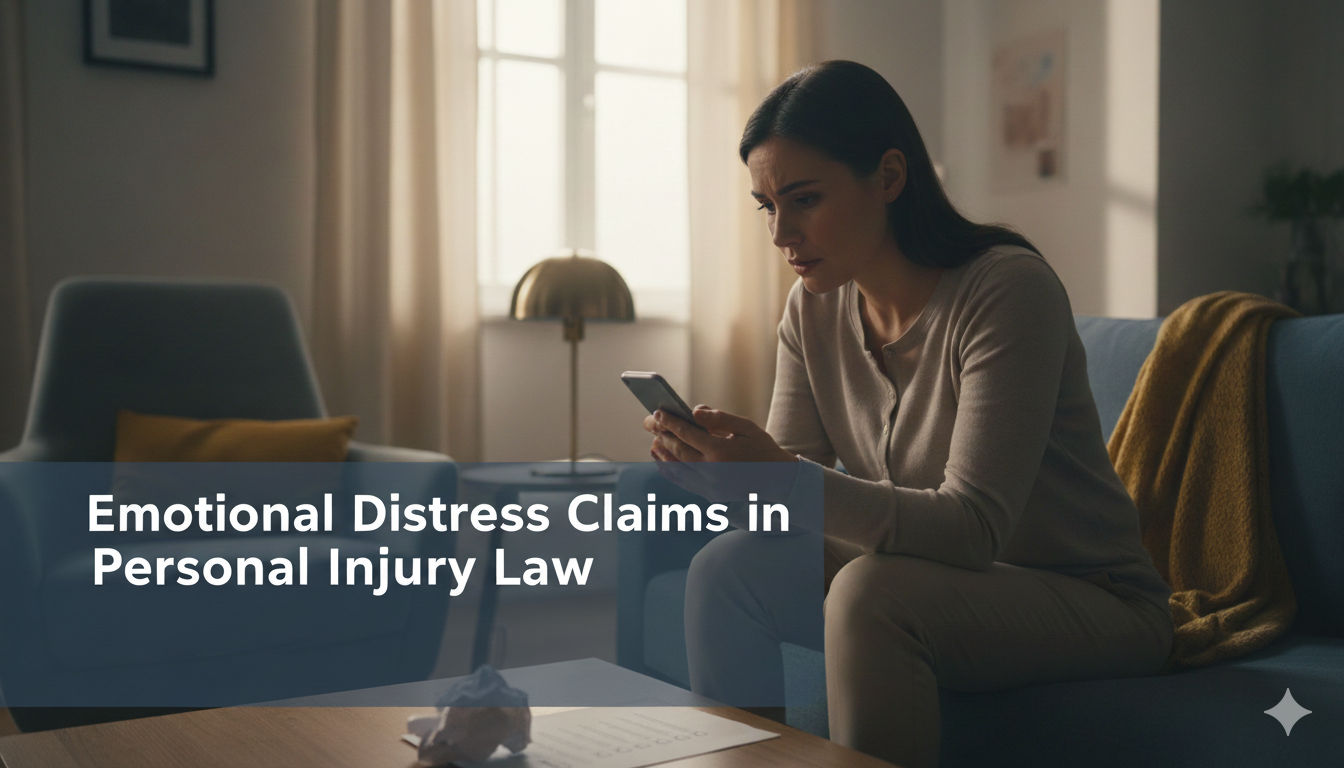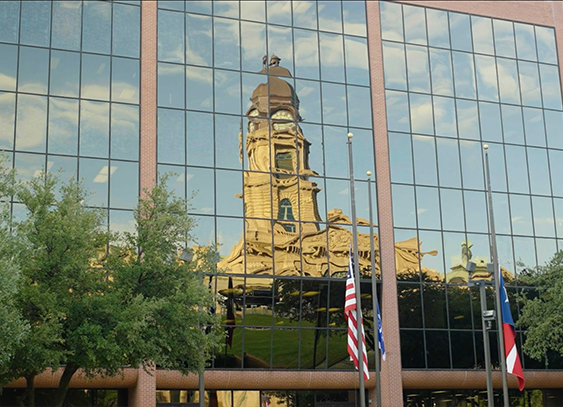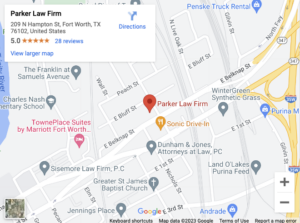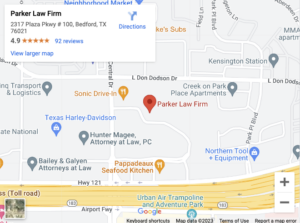Emotional Distress Claims in Personal Injury Law

The moments after a car accident are a blur of shattered glass, screeching metal, and overwhelming confusion. The world shrinks to the confines of your vehicle, your heart pounding in your chest. In this disorienting fog, well-meaning advice from experts can feel like a language from another planet. They give you checklists such as:
– Document the scene
– Exchange information
– See a doctor
– Don’t admit fault
They tell you to remain calm, to be procedural, to think like an insurance adjuster.
But you are not an insurance adjuster. You are a person whose life, just seconds ago, was violently interrupted. You are just trying to breathe.
The Human Side of Recovery
If this sounds familiar, you are not alone. You are one of the millions of people who become part of a staggering statistic each year: over 6 million passenger car accidents occur in the U.S. annually. Each of these incidents represents a unique story of disruption, pain, and uncertainty.
While the immediate focus is often on the visible injuries, the broken bones, the lacerations, the whiplash, there is another, deeper injury that often goes unseen and unspoken. It’s the injury to your peace of mind, the theft of your sense of security. It’s the tremor in your hands when you reach for your car keys, the nightmares that replay the crash, and the persistent anxiety that follows you long after the physical wounds have begun to heal.
This is the reality of emotional distress, and it is every bit as real and debilitating as a physical injury. The legal system, however, is not built on feelings; it’s built on proof. This creates a painful disconnect where victims feel their deepest suffering is being ignored.
At Parker Law Firm, we see this every day. And our mission is to bridge that gap. We are here not to hand you another checklist, but to listen to your story and translate your very real human suffering into a language the legal and insurance systems are forced to understand, acknowledge, and value.
The Unseen Aftermath: Why Emotional Distress is a Real Injury
Let us be perfectly clear from the start: What you are feeling is real, it is valid, and it matters.
The shock, fear, and anxiety you’re experiencing are not signs of weakness; they are the natural and legitimate consequences of trauma. In the world of personal injury law, these unseen wounds have a name. They fall under the umbrella of emotional distress personal injury, a category of harm that acknowledges the profound psychological impact of an accident.
This isn’t a niche or unusual aspect of a claim; it’s a central component for a vast number of people. In fact, statistics show that approximately 68% of personal injury claims involve some form of emotional distress. You are in the majority. Your experience is the norm, not the exception.
Common Emotional Symptoms After an Accident
The term “emotional distress” can encompass a wide spectrum of psychological suffering. It can manifest as persistent anxiety, panic attacks when driving, or a deep depression that makes it difficult to engage with daily life. For some, it develops into Post-Traumatic Stress Disorder (PTSD), a serious condition characterized by flashbacks, severe anxiety, and uncontrollable thoughts about the event.
It can also be seen in the loss of enjoyment of life, the inability to play with your children without pain, the fear that prevents you from pursuing hobbies you once loved, or the strain it places on your relationships with your spouse and family. These are not minor inconveniences; they are profound losses that fundamentally alter the quality of your life.
How Parker Law Firm Supports Clients with Emotional Distress
At our firm, we understand that these invisible injuries require just as much care, attention, and validation as any physical injury. When we sit down with a new client, we don’t just ask about the damage to their car or the details of their medical treatment. We ask how they are sleeping. We ask if they are afraid to get back behind the wheel. We listen, because we know the full story of your harm isn’t written in a medical chart. It’s written in the quiet moments of your day-to-day life.
Translating Human Pain into Legal Proof
The greatest challenge in any case involving emotional distress is making the intangible tangible. An insurance company can easily understand a bill for an MRI or a receipt for physical therapy. They are less equipped, and often less willing, to comprehend the cost of a sleepless night or the weight of a panic attack.
This is where our role as your advocate becomes one of a translator. We take your personal experience of suffering and convert it into the language the legal system demands: evidence. Proving emotional distress is a meticulous process, but it is far from impossible. It requires a compassionate and comprehensive approach to storytelling, backed by credible documentation.
Gathering Evidence: Building Your Case
This process is something we build together, with you at the center. It begins with your story.
We encourage clients to keep a journal, documenting their feelings, their struggles, and the ways the accident has impacted their daily routines. This personal record can be an incredibly powerful tool, providing a detailed, contemporaneous account of your suffering that is far more compelling than simply stating you felt “anxious.”
From there, we work to gather official documentation that substantiates your experience. This includes records from therapists, psychologists, or psychiatrists who can provide a professional diagnosis and a clear link between the accident and your psychological condition. Their expert testimony can be crucial in explaining to a judge or jury the severity and long-term implications of conditions like PTSD or clinical depression.
Medical records from your primary care physician can also be vital, as they often note symptoms of anxiety, insomnia, or other stress-related ailments that appeared after the crash.
The goal is to build a detailed mosaic of your life before and after the accident.
We may speak with your family, friends, or coworkers (with your permission, of course) to gather testimony about the changes they have observed in you. Did a once-outgoing person become withdrawn? Has a dedicated employee started missing work due to anxiety?
These third-party accounts help paint a complete picture, demonstrating that the harm you have suffered is not just an internal feeling but has had observable, real-world consequences.
This is how you learn how to prove emotional distress in a personal injury claim: by weaving together your personal truth with objective evidence until your story is undeniable.
What Counts as Emotional Distress in a Personal Injury Claim?
When the law considers emotional distress claims, it looks for suffering that goes beyond the fleeting sadness or frustration anyone would feel after an accident. It is concerned with significant and often lasting psychological harm.
This harm can be categorized in a few ways. The most common type of accident cases is known as Negligent Infliction of Emotional Distress (NIED). This occurs when someone’s carelessness, like a distracted driver running a red light, directly causes you severe emotional trauma.
In most jurisdictions, including Texas, this claim is strongest when the emotional trauma is accompanied by a physical injury, however minor. The physical impact serves as a clear marker that you were in the “zone of danger” and your fear and distress were a direct result of the defendant’s negligence.
Types of Emotional Distress Recognized by Law
The law also recognizes a more severe category, known as Intentional Infliction of Emotional Distress (IIED). This applies in situations where the defendant’s conduct was not merely careless but “extreme and outrageous,” and was done with the intent to cause severe distress. While less common in typical car accident scenarios, it could apply in cases of extreme road rage or other malicious acts.
Mental Anguish Beyond Clinical Diagnosis
More broadly, the legal system recognizes a range of conditions as valid grounds for seeking damages for mental anguish. These include diagnosed conditions like depression, anxiety disorders, and PTSD. But it also includes less clinical, yet equally real, forms of suffering such as insomnia, chronic fear, humiliation, and a general loss of enjoyment of life.
An experienced attorney knows how to frame your specific experience within the appropriate legal context, ensuring that the nature of your suffering is correctly identified and vigorously argued.
The Financial Strain: When Bills Pile Up and Peace of Mind Disappears
Beyond the physical and emotional pain, there is another source of profound distress that begins almost immediately after an accident: financial pressure. The world doesn’t stop just because you’ve been injured. The rent is still due, the mortgage payments continue, and the grocery bills keep coming.
This creates an agonizing conflict for victims, who are caught between the immediate need for lost wages and the lump-sum nature of settlements. You are unable to work, but your expenses continue to mount. Meanwhile, the legal process moves at its own deliberate pace.
A fair settlement isn’t something that happens overnight; it takes time to build a strong case, negotiate with insurers, and, if necessary, prepare for trial. This period of waiting can feel like an eternity, creating a pressure cooker of financial anxiety that can be just as damaging as the emotional trauma of the crash itself.
How We Help Alleviate Financial Stress
Insurance companies are keenly aware of this vulnerability. They know that a desperate person is more likely to accept a quick, lowball offer just to get some money in their pocket. They prey on this anxiety, hoping you’ll trade a just recovery for a fast one. This is a cruel reality of the system, and it’s a dynamic we refuse to let our clients fall victim to.
At Parker Law Firm, we believe that you shouldn’t have to choose between paying your bills today and securing the compensation you deserve for your future. That is why we take a proactive approach to relieving the financial burdens that compound our clients’ distress.
From the moment you hire us, we step in to manage the flood of medical bills and administrative paperwork. We immediately contact your medical providers to inform them that we are representing you and negotiate with them to ensure that you are not being unfairly charged or sent to collections while your case is pending.
This is not just a paper-pushing exercise; it provides real, tangible relief. It stops the harassing phone calls and threatening letters. It gives you the breathing room you need to focus on what truly matters: your physical and emotional recovery.
We also operate on a contingency fee basis, which means you pay us nothing up front. We only get paid if we win your case. Furthermore, we stand by a promise that is unique in our region: our professional fee will never exceed your net recovery.
This provides our clients with the peace of mind that comes from knowing their advocate is truly on their side, fighting for a result that prioritizes their well-being. We shoulder the financial risk and administrative burden so that you can focus on healing without the constant weight of financial worry.
Calculating the Incalculable: How Emotional Distress Damages Are Valued
Legal Methods for Calculating Emotional Distress Damages
One of the most common questions we hear is, “How much is my pain worth?” It’s a difficult question, because in a human sense, no amount of money can truly compensate for trauma. However, the legal system must attempt to do just that by assigning a monetary value to suffering. Determining these emotional distress damages is more of an art than a science; however, established methods are used by attorneys and insurance companies as a starting point. It’s important to understand these methods, as well as their limitations, to appreciate how a skilled legal team can fight for a value that truly reflects your experience.
Multiplier Method
One common approach is the “multiplier method.” In this model, the total cost of your economic damages, things like medical bills and lost wages, is calculated. This number is then multiplied by a factor, typically between 1.5 and 5, to arrive at a figure for non-economic damages, which includes pain and suffering, emotional distress, and other related damages.
The multiplier used depends on the severity of the injuries, the length of recovery, and the long-term impact on your life. A minor injury with a quick recovery might get a 1.5 multiplier, while a catastrophic injury resulting in permanent disability and severe PTSD could warrant a multiplier of 5 or even higher. While this provides a basic framework, it can fail to capture the full story, especially when emotional trauma is the most significant component of the injury.
Per Diem Approach
Another method is the “per diem” approach, which assigns a daily dollar amount for your suffering and multiplies it by the number of days you were in pain. This can be effective for injuries with a clear recovery timeline, but it becomes more complex for chronic conditions or permanent psychological trauma. Ultimately, these formulas are merely tools. The true value of a claim is determined by the strength of the evidence and the power of the story.
Why Storytelling Matters in Valuing Claims
This is why having an experienced, board-certified trial lawyer is so critical. We don’t just plug numbers into a formula; we analyze them. We build a comprehensive narrative of your suffering, supported by expert testimony and detailed documentation, to argue why your case deserves to be valued at the highest possible level. We have seen countless emotional distress settlement examples in Texas, and we know what it takes to convince an insurance company or a jury that your pain is not just a line item, but a profound loss deserving of significant compensation.
What is the Difference Between Emotional Distress and Pain and Suffering?
In legal discussions, you will often hear the terms “emotional distress” and “pain and suffering” used together, and while they are closely related, they refer to slightly different aspects of a victim’s experience. It can be helpful to think of them as two sides of the same coin of human suffering. “Pain and suffering” typically refers more directly to the physical experience of being injured, the actual pain of the broken bone, the discomfort of recovery, the frustration of being unable to perform simple tasks, and the general loss of comfort and mobility. It is the physical anguish and the hardship that come with it.
“Emotional distress,” or what is sometimes called mental anguish in personal injury settlements, dives deeper into the psychological and emotional fallout. It is the fear, the anxiety, the grief, the depression, and the trauma that can haunt a person long after their physical injuries have healed. It’s the panic that sets in when you hear tires screech, or the profound sadness that comes from realizing your life has been permanently altered.
While a jury might consider the physical pain of a severe burn under the category of “pain and suffering,” they would consider the resulting depression, anxiety about one’s appearance, and fear of fire under the category of “emotional distress.” A comprehensive personal injury claim will seek damages for both.
We fight to ensure that every dimension of your suffering is recognized and valued, from the acute physical pain you endured at the scene to the lasting emotional scars that impact your daily life.
Why You Don’t Have to Face This Alone
The journey after a serious accident is a lonely one. You feel misunderstood by a world that wants you to “get over it,” and overwhelmed by a legal and insurance system that feels cold, impersonal, and adversarial. You are lost in the fog, and every direction seems to lead to more confusion and stress. However, you do not have to walk this path alone. You do not have to fight this battle alone. We are here to be your guides, your advocates, and your translators. We are here to light the way out of the fog.
Our role is to shield you from administrative burdens, translate your experience into a compelling case for justice, and fight tirelessly on your behalf. We take on the giants, the massive insurance corporations with their armies of lawyers, so that you don’t have to. We treat you like family, which means your problems become our problems, and your fight becomes our fight.
The goal is not simply to secure a settlement check. The goal is restoration. It’s about achieving a sense of closure, of holding the responsible party accountable, and of obtaining the resources you need to rebuild your life and reclaim your peace of mind. It’s about that moment when you feel seen, heard, and finally, whole again.
Your pain is not just a line item on a claim form. We see it, we will prove it, and we will fight until it is valued. If you have been injured in an accident and are struggling with the unseen wounds of emotional trauma, please do not suffer in silence.
Contact the Brad Parker Law Firm today. We are here to listen to your story, answer your questions, and provide you with a clear path forward. Your consultation is free, it’s confidential, and there is absolutely no obligation. Let us be the ones who listen. Let us be the ones who fight for you.


